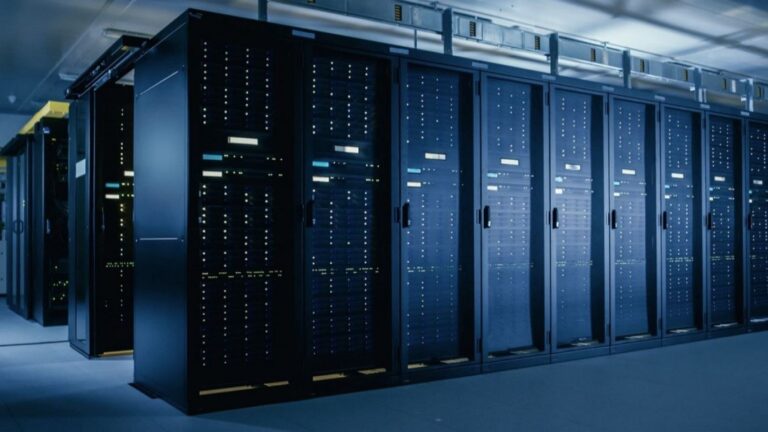
Read this reference guide on data center interconnect with NVIDIA Cumulus Linux covering L2 and L3 extension and design aspects.
]]>
With evolving and ever-growing data centers, the days of simple networks that remained mostly unchanged are gone. Back then, when a configuration change was needed, it was simple for the network administrator to make the changes device per device, line-by-line. As data centers evolve from physical on-premises to digitized cloud infrastructures, the traditional networks have evolved too.
]]>
As organizations rely on complex network systems to support their operations, the need for well-trained network administrators is becoming increasingly important. Data center infrastructure is interconnected in ways that are not always obvious, and the points of intersection between systems are often difficult to design on paper alone. In order to ensure that network administrators are well��
]]>
Modern data centers can run thousands of services and applications. When an issue occurs, as a network administrator, you are guilty by default. You have to prove your innocence on a daily basis, as it is easy to blame the network. It is an unfair world. Correlating application performance issues to the network is hard to do. You can start by checking basic connectivity using simple pings or��
]]>
Data center organizations are looking for more efficient, modern network architectures that can be managed, monitored, and deployed in a scalable manner. Emerging DevOps and NetDevOps operational models are bringing the agile development models of continuous integration and continuous development (CI/CD) to data center infrastructure. The Cumulus Linux operating system was built from the��
]]>